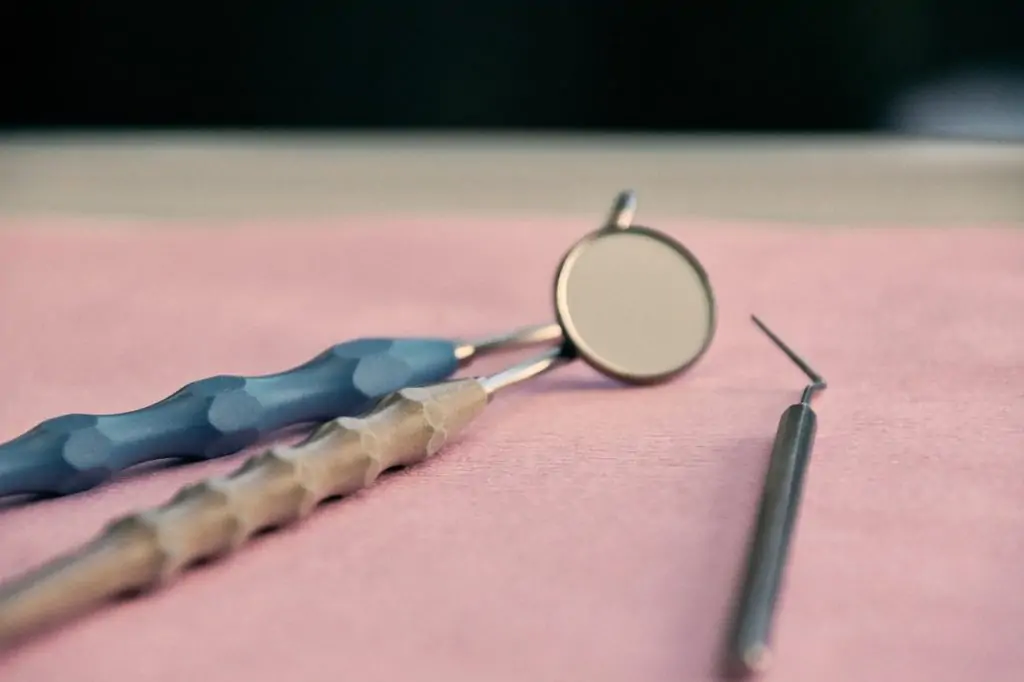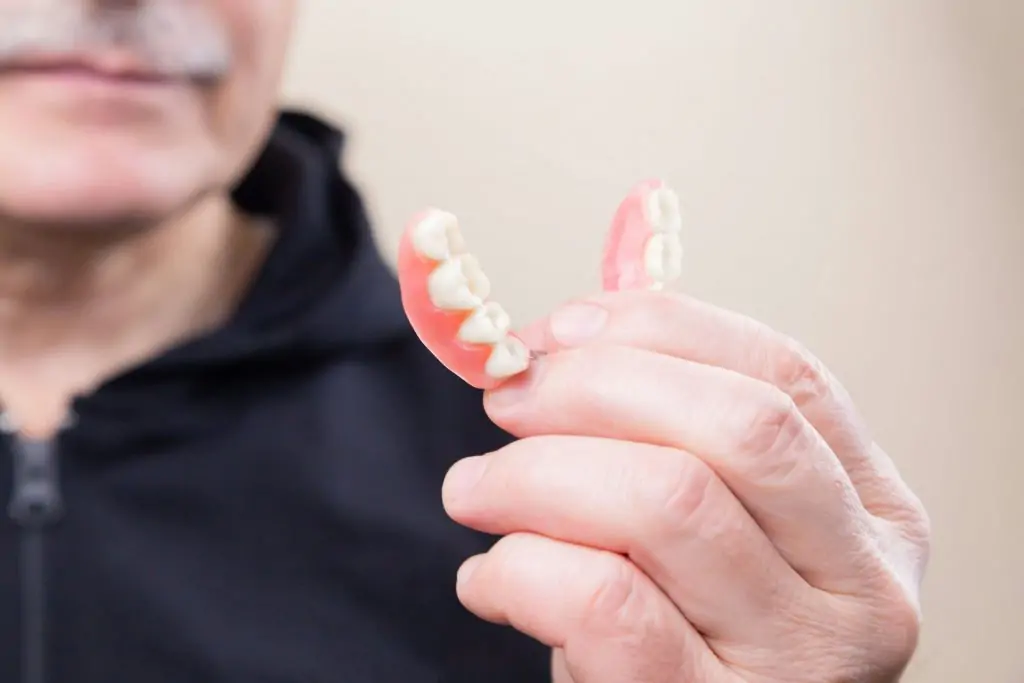
In Edmonton, a city known for its embrace of technological innovation and medical advancement, the field of dentistry has seen a transformative journey. This article aims to shed light on the latest advancements in oral surgical techniques that are revolutionizing patient care and outcomes in Edmonton’s dental clinics.
Evolution of Minimally Invasive Procedures
The shift toward minimally invasive oral surgeries marks a pivotal advancement in dental care. These techniques, characterized by smaller incisions and reduced tissue disruption, are increasingly popular in Edmonton for procedures like dental implants and wisdom tooth extractions. The benefits are manifold – faster healing, less pain, minimal scarring, and reduced risk of complications, setting a new standard in patient care.
Breakthroughs in 3D Imaging and Digital Planning
Edmonton’s oral surgeons are leveraging 3D imaging and digital planning tools like Cone Beam Computed Tomography (CBCT) for a comprehensive view of the patient’s oral anatomy. This technology is a game-changer, particularly in complex cases such as reconstructive surgeries and implant placements, offering a level of precision that significantly improves surgical outcomes.
The Laser Dentistry Revolution
Laser technology has revolutionized various aspects of dental care, including oral surgery. Its precision, coupled with reduced bleeding and faster healing, is why Edmonton’s dental clinics are rapidly adopting laser techniques. This technology is especially effective in gum surgeries and lesion removal, offering a less invasive, more comfortable alternative to traditional methods.
Principle and Technology Behind Lasers in Dentistry:
- In dentistry, specific wavelengths of light are chosen based on the type of tissue to be treated – either hard (teeth) or soft (gum) tissue.
- The energy from the laser can be used to cut or vaporize tissue, remove or reshape tissue, and harden dental materials like fillings.
Precision and Reduced Trauma:
- Lasers offer a level of precision that traditional dental tools can’t match. They can target specific areas without affecting surrounding tissues.
- This precision reduces Trauma to the oral tissues, which in turn can lead to less postoperative pain and swelling.
Applications in Various Dental Procedures:
- Cavity Detection and Treatment: Lasers can detect cavities early by finding evidence of tooth decay. They are also used to clean out internal dental decay and get the surrounding enamel ready for a filling.
- Gum Surgery: In periodontal care, lasers treat gum disease by removing bacteria and infected tissue from the gums. They can also reshape gums for aesthetic purposes.
- Root Canal Therapy: Lasers are used in endodontics to clean and shape the root canals and to remove infected tissue.
- Teeth Whitening: Laser dentistry accelerates the bleaching process during teeth whitening treatments. The laser activates the bleaching compound, speeding up the process and enhancing the results.
- Lesion Removal and Biopsy: Lasers can remove lesions in the mouth and relieve the pain of canker and cold sores. They are also used to perform biopsies for cancer testing.
Benefits for Patients and Dentists:
- Reduced Pain and Anxiety: Many patients find laser procedures less intimidating than traditional drills, resulting in reduced anxiety and discomfort.
- Minimized Bleeding and Swelling: Due to the less invasive nature of laser treatments, there is typically less bleeding during and after procedures. Swelling is also minimized.
- No Need for Sutures: In soft tissue procedures, lasers can seal blood vessels and nerve endings, often eliminating the need for sutures.
- Faster Healing and Recovery: Laser procedures usually involve less damage to the tissues, leading to quicker healing and shorter recovery times.
Challenges and Considerations:
- Training and Expertise: The effective use of lasers in dentistry requires specific training and expertise. Dentists must undergo specialized education to use laser technology safely and effectively.
- Cost and Accessibility: Initially, the cost of laser equipment can be higher than traditional dental tools, which may impact the treatment cost. However, this is often offset by the efficiency and effectiveness of laser treatments.
The Rise of Computer-Guided Surgery
Edmonton is also at the forefront of incorporating computer-guided surgery in dental procedures. This innovation enhances surgical precision through detailed computer simulations, allowing for virtual rehearsals of the surgery. This method not only boosts accuracy but also improves visualization and planning, significantly reducing intraoperative risks.
Pioneering Regenerative Techniques
Regenerative techniques in oral surgery are among the most exciting advancements. Edmonton’s oral surgeons use biocompatible materials and growth factors to encourage the body’s natural healing processes. These techniques have revolutionized procedures like bone grafting and tissue regeneration, enhancing the integration of implants and expediting tissue recovery.
Advancements in Sedation and Pain Management
Recent advancements in sedation and pain management have significantly improved patient experiences during oral surgeries. Edmonton’s clinics offer customized sedation plans, ranging from mild sedatives to full anesthesia, depending on the patient’s needs and procedure complexity. This approach minimizes discomfort and anxiety, ensuring a smoother surgical experience.
Customization in Prosthetics and Implants
The advent of 3D printing and CAD/CAM technology in the creation of dental prosthetics and implants is a significant leap forward. In Edmonton, dental laboratories employ these technologies to design custom-fit implants and prosthetics. This personalized approach guarantees better functionality, a natural appearance, and a perfect fit.
Telemedicine in Post-Operative Care
Telemedicine has become an integral part of post-operative care in oral surgery. Patients in Edmonton benefit from remote consultations and follow-ups, enhancing the convenience and accessibility of post-surgical care. This is especially advantageous for those requiring frequent monitoring or with limited mobility.
Enhanced Sterilization and Safety Protocols
The emphasis on patient safety has led to enhanced sterilization and safety protocols in oral surgery. Edmonton’s dental clinics are adopting state-of-the-art sterilization techniques to ensure the highest standards of hygiene and patient safety. This focus on aseptic practices is crucial in preventing post-surgical infections and promoting a safe treatment environment.
Patient Education and Informed Decision Making
In Edmonton, there’s a growing emphasis on patient education and involvement in treatment planning. Oral surgeons are dedicating time to informing patients about their surgical options, potential risks, and expected outcomes. This approach fosters informed decision-making, aligning patient expectations with clinical goals.
Conclusion
Edmonton stands at the vanguard of oral surgical advancements, with a commitment to adopting and refining techniques that enhance patient care. These innovations are reshaping the landscape of dental surgery, making it more precise, efficient, and patient-centric. The future of oral health in Edmonton is bright, with continuous advancements promising even better care and outcomes for patients.




